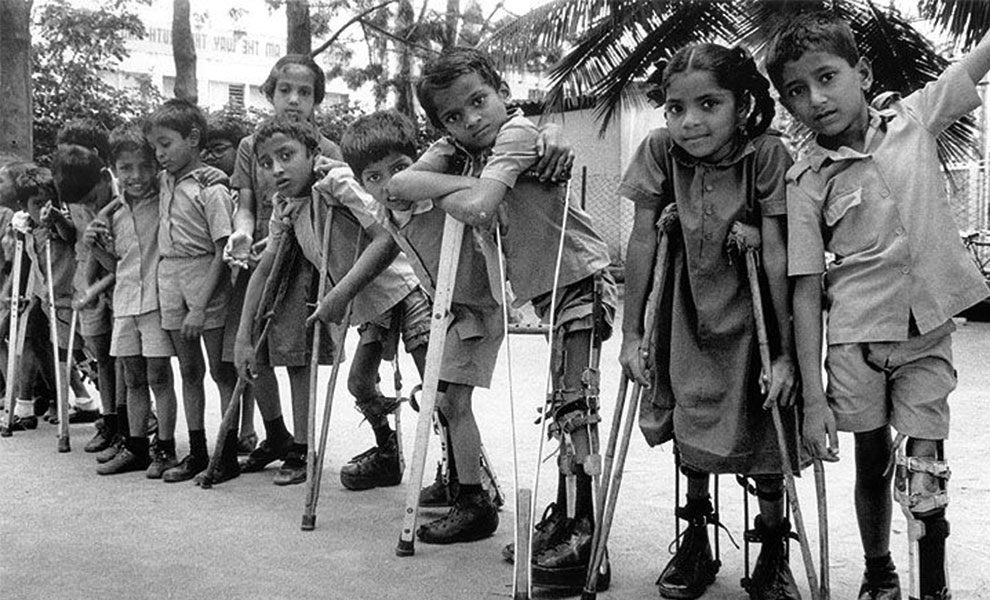The World Health Organization (WHO) recently held its 40th Emergency Committee meeting under the International Health Regulations (IHR) to address the ongoing international spread of poliovirus. Here’s a simplified breakdown of the meeting’s findings and actions:
What’s Happening with Polio?
Polio continues to be a major global concern, with two main types in focus:
- Wild Poliovirus (WPV1): Found mainly in Afghanistan and Pakistan.
- Circulating Vaccine-Derived Poliovirus (cVDPV): Reported in several countries, including Nigeria, Gaza (occupied Palestinian territory), and the Democratic Republic of Congo.
Wild Poliovirus (WPV1): Recent Surge in Cases
- Increase in Cases: A sharp rise in WPV1 cases in 2024 compared to 2023:
- Afghanistan: 17 new cases (283% increase).
- Pakistan: 34 new cases (550% increase).
- Problem Areas:
- Intense transmission in regions near the Afghanistan-Pakistan border, particularly Quetta, Karachi, and Peshawar.
- Vaccination efforts face challenges due to security concerns and operational gaps.
Vaccine-Derived Poliovirus (cVDPV): Emerging Threats
- Global Impact: 190 cVDPV cases reported so far in 2024, mostly in Nigeria.
- Notable Outbreaks:
- Gaza (11 environmental samples, one paralytic case).
- Guinea and French Guiana (recent cases after two years of no detections).
- Why It’s Spreading:
- Conflict and insecurity hinder vaccination campaigns.
- Poor routine immunization leaves children unprotected.
- Population displacement, especially in Yemen and Somalia, exacerbates the issue.
Key Challenges in Fighting Polio
- Weak Immunization Systems: Many countries lack the infrastructure for effective vaccination.
- Access Issues: Conflict zones and remote areas make it difficult to vaccinate all children.
- Insecurity: Attacks on health workers and boycotts disrupt campaigns.
- Population Movement: Migration between regions like Afghanistan and Pakistan spreads the virus.
How Is WHO Responding?
- Vaccination Campaigns:
- Both Afghanistan and Pakistan are conducting nationwide and targeted campaigns.
- Nearly 600,000 children were vaccinated in Gaza despite difficult circumstances.
- Global Coordination:
- WHO promotes cross-border collaboration to vaccinate mobile populations.
- Strengthening surveillance systems to detect outbreaks early.
- Focus on Innovation:
- Using genetically stable vaccines like nOPV2 to reduce risks.
- Implementing measures to prevent accidental virus exposures, such as the recent WPV3 incident in France.
What Needs to Be Done?
- Strengthen Immunization: Governments must invest in robust healthcare systems.
- Expand Access: Ensure vaccines reach the most vulnerable, especially in conflict zones.
- Address Misinformation: Educate communities about the importance of vaccinations.
- Enhance Security: Protect health workers and vaccination efforts.
The Global Outlook
Polio remains a Public Health Emergency of International Concern (PHEIC). While progress is being made, gaps in immunization and access pose significant risks. To eliminate polio, the world must work together to ensure every child is vaccinated and protected.
Goal: Eradicate wild poliovirus by 2027 and eliminate vaccine-derived poliovirus by 2029.
Let’s unite to make polio a disease of the past! 🌍

